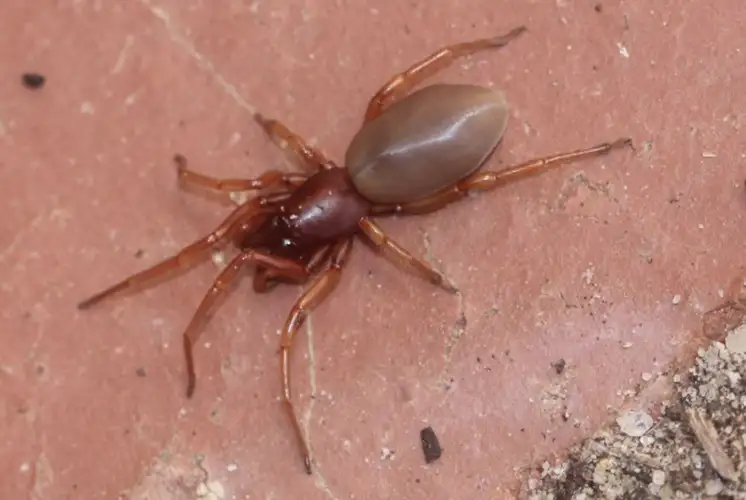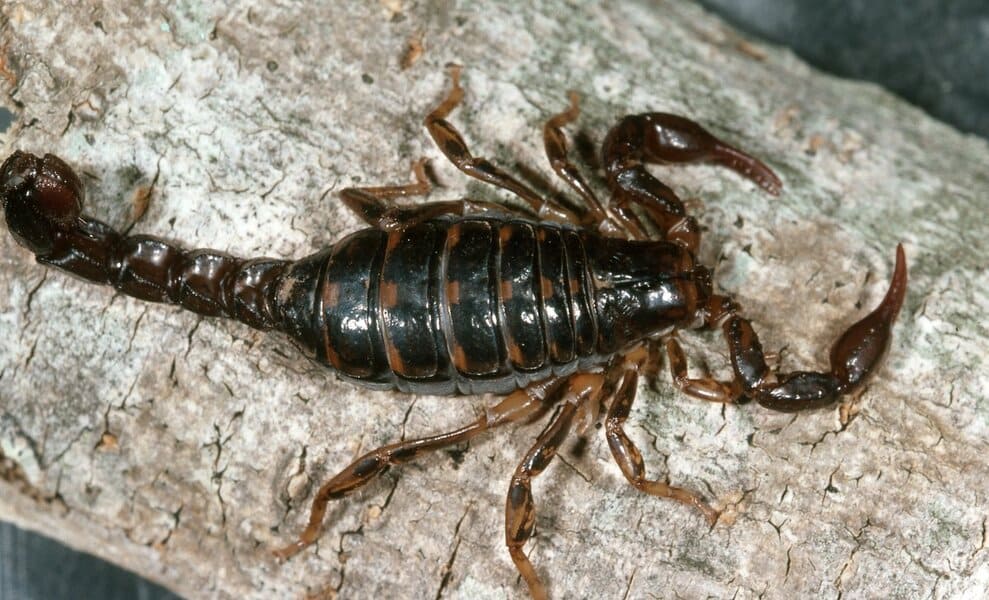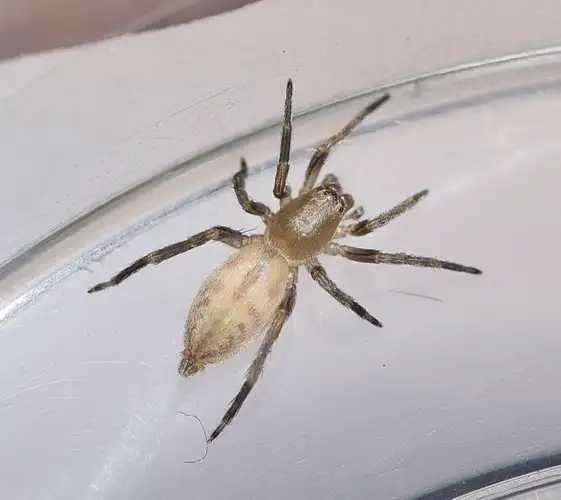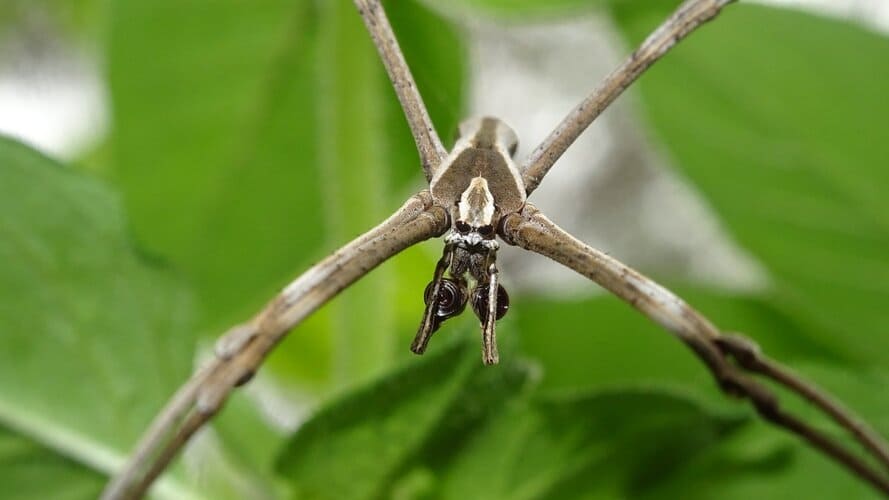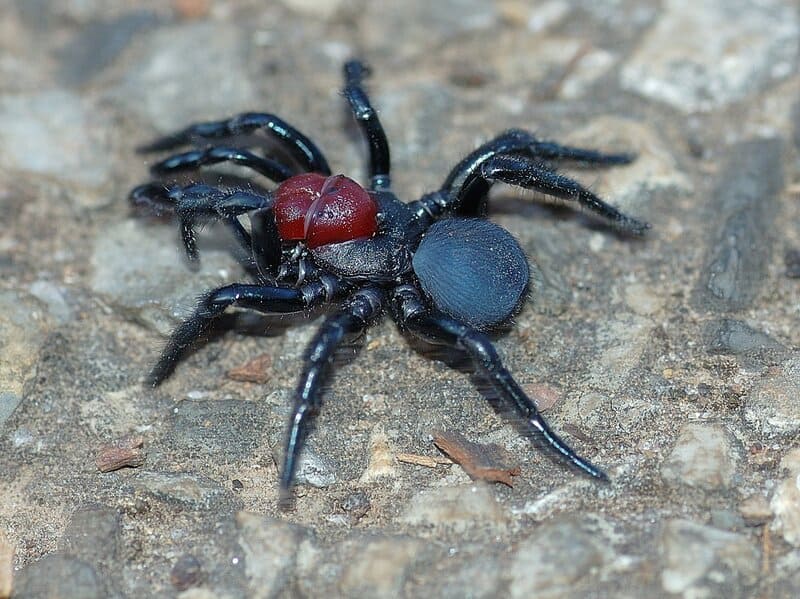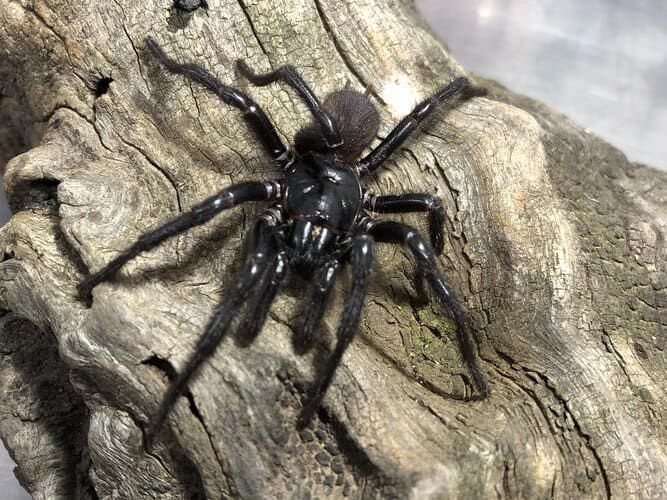Nemopistha sinica
IUCN
LCBasic Information
Scientific classification
- name:Nemopistha sinica
- Scientific Name:Nemopistha sinica
- Outline:Arthropoda
- Family:Insecta Neuroptera Chrysopidae
Vital signs
- length:21-26mm
- Weight:No verification information
- lifetime:No verification information
Feature
The hind wings are specialized, like ribbons or silk threads, and when flying they resemble the flying ladies in the Dunhuang murals.
Distribution and Habitat
It is only recorded in Lushui, Yunnan, China.
Appearance
The head is yellow, and the top of the head is brown except for the edge of the compound eyes; the front of the head extends into a beak-like shape, the end of the base of the front lip and the front edge of the upper lip are brown, and the front tentorium is sunken into a brown oblique long concave pit; the mandibular whiskers and the lower labial whiskers are dark brown, and the mouthparts; the antennae are linear, yellowish brown, and have fine hairs.
The back of the chest is dark brown, the prothorax is wider than the long, saddle-shaped, with a large trapezoidal spot on the back, with a thin midline inside, and the sides of the dorsal plate wrapped towards the chest are yellow; the mesothorax has oblique long black spots on the shield; the feet are yellow, with brown spots, and are covered with short hairs; the ends of each tarsal segment and the claws are dark brown, and the sum of the base tarsal segment and the remaining 4 segments is approximately equal.
The forewing is
Details
The Latin name of the Chinese lacewing is Nemopistha sinica, which is the only lacewing known in our country.
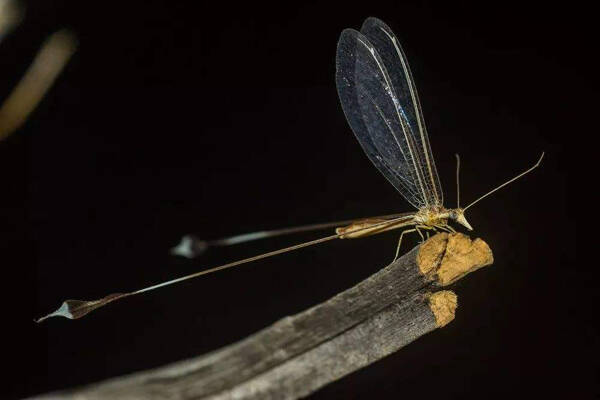
On May 28, 2022, the staff of the Lushui Management Bureau of Gaoligong Mountain National Nature Reserve photographed the Chinese lacewing, a national second-level wild protected animal, for the first time in the Lushui area. This is the first live video of the Chinese lacewing captured in Lushui 36 years after Professor Yang Jikun of China Agricultural University published the specimen record of the Chinese lacewing in 1986. Whether from the perspective of its distribution and monitoring, it is of great significance to the scientific research and protection of the biodiversity of Gaoligong Mountain.
Listed in the second level of the "List of National Key Protected Wildlife in China".
Protect wildlife and eliminate game.
Maintaining ecological balance is everyone's responsibility!

